Who is interested in Worms the same way, the Nibelungen Festival or the imposing cathedral come to mind. But the city also looks back on a long winegrowing tradition, which interested visitors can discover since May 2023 on the new guided tour Wine city Worms - city walk with wine enjoyment discover and also taste. Tourists and locals alike will learn all sorts of exciting wine stories during the tour.
The elephant farms: a beautiful place to relax and enjoy
The tour starts in front of the Elephant farms at the Weckerlingplatz. Our tour guide Karin Kissel is already waiting here. The question that is burning under the nails of all participants: Where does the name Elefantenhöfe come from? In the time when there were no postal addresses and no house numbers, the houses had house names and accordingly we have the "Haus zum Elefanten" here," explains tour guide Karin Kissel and points to the archway from the year 1707, on which is written Here I am related to the elephant (High German: This place is called Zum Elefant). Above it is an elephant's head carved into the stone.
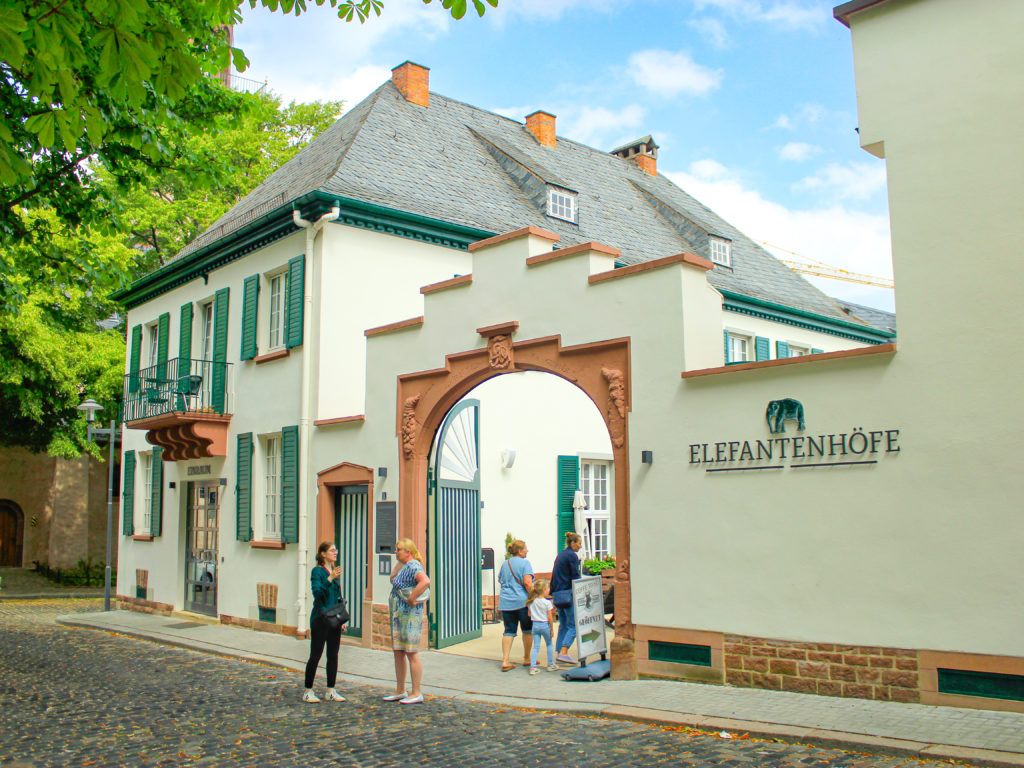

Then it's straight through the gate into the Elefantenhöfe. In the small vinotheque of the Winery at the Cathedral there is a glass of sparkling wine. The elephant's head also adorns the wine glasses and bottles. A real eye-catcher. After the group has been provided with a fine wine, we make ourselves comfortable in the inner courtyard under a huge umbrella and listen to Karin Kissel's stories about the origins of the Elefantenhöfe. The merchant Peter Joseph Valckenberg founded the trading house for wine here in 1786, which is known beyond the borders.

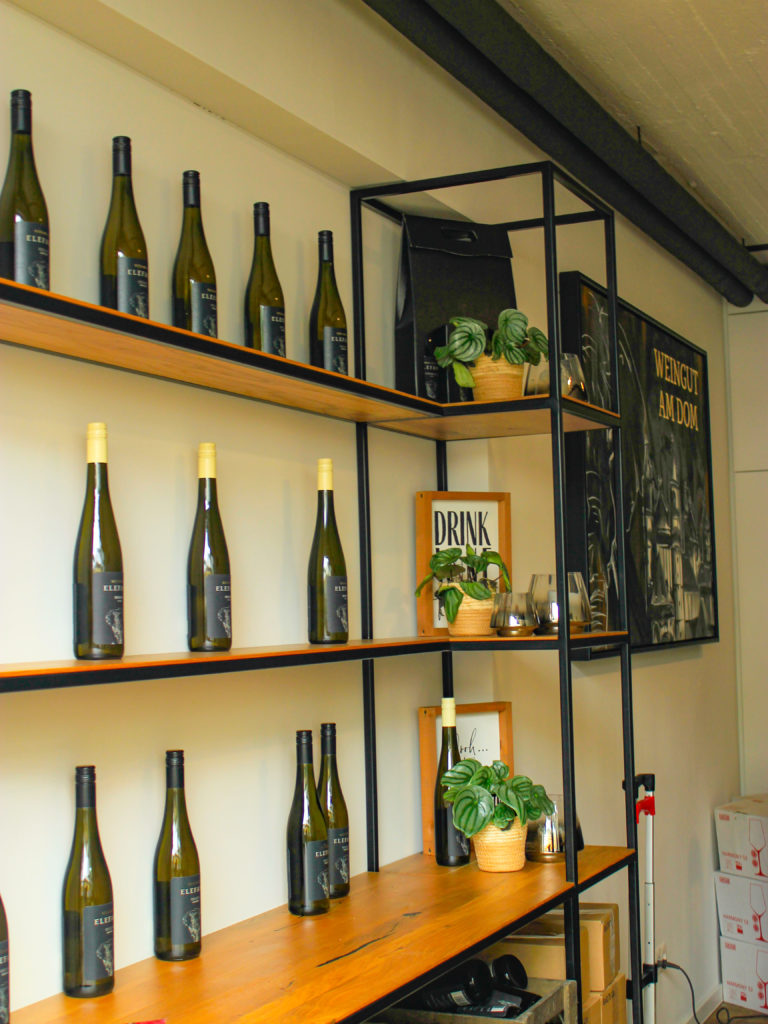

Slowly, the courtyard fills up with more guests who are also celebrating their well-deserved evening off. The concept of the Elefantenhöfe is convincing because of its diversity. In addition to the winery, the coffee roastery is also located in the cute courtyard. Perro Negro, the KLeiNe [Bistro], the Ice cream factory l'arte del nonno and the cocktail and wine bar ONE ROOM and even the Hairdresser LOOK. Whether for a coffee, an ice cream or a wine from the region: The Elefantenhöfe offer the right drink and the matching snack for every taste. The Elefantenhöfe can also be rented for events such as weddings. For me, one thing is already certain: this was definitely not my last visit.
There are still plans on a fallow plot of land to the right of the Elefantenhöfe, as well as in the cellars beneath the site. The tour guide Sandra Wilhelm gave me an exclusive insight into the underground before the wine tour. From the outside, you can't tell that the Elefantenhöfe are completely underground. Like a "rabbit burrow" is how Sandra Wilhelm describes the huge cellar with several rooms and corridors. Directly below the Elefantenhöfe is what was once the largest cask wine cellar in Rheinhessen, the Elefantenkeller. Today, old wooden barrels, some dating back to the 19th century, are still stored here alongside modern stainless steel barrels. I am very curious to see what is still being created down here, because some rooms are currently still empty.
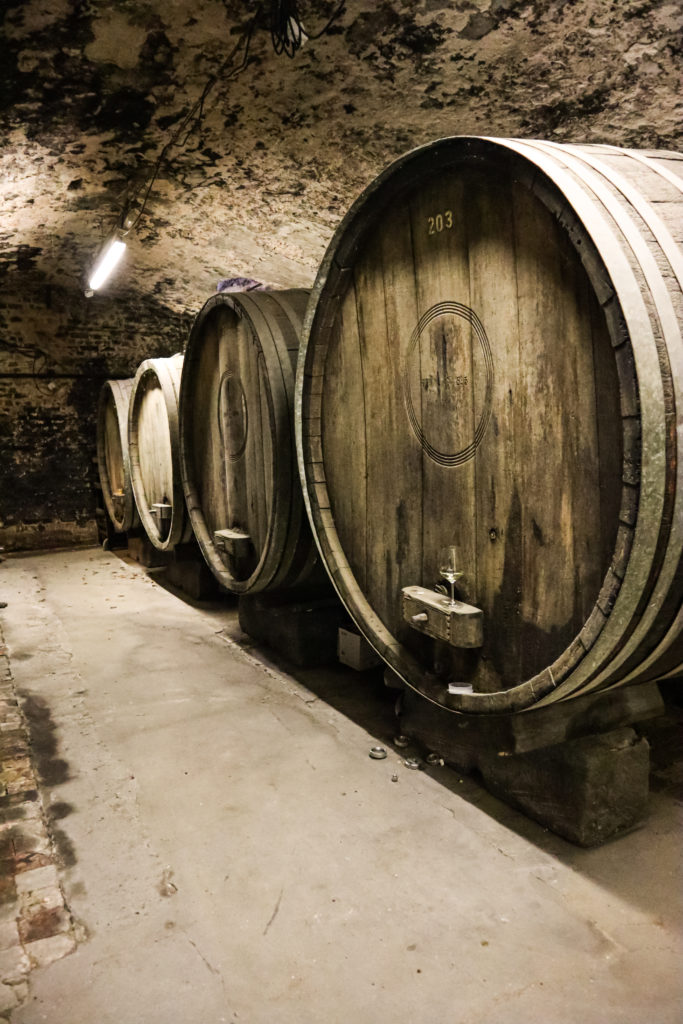
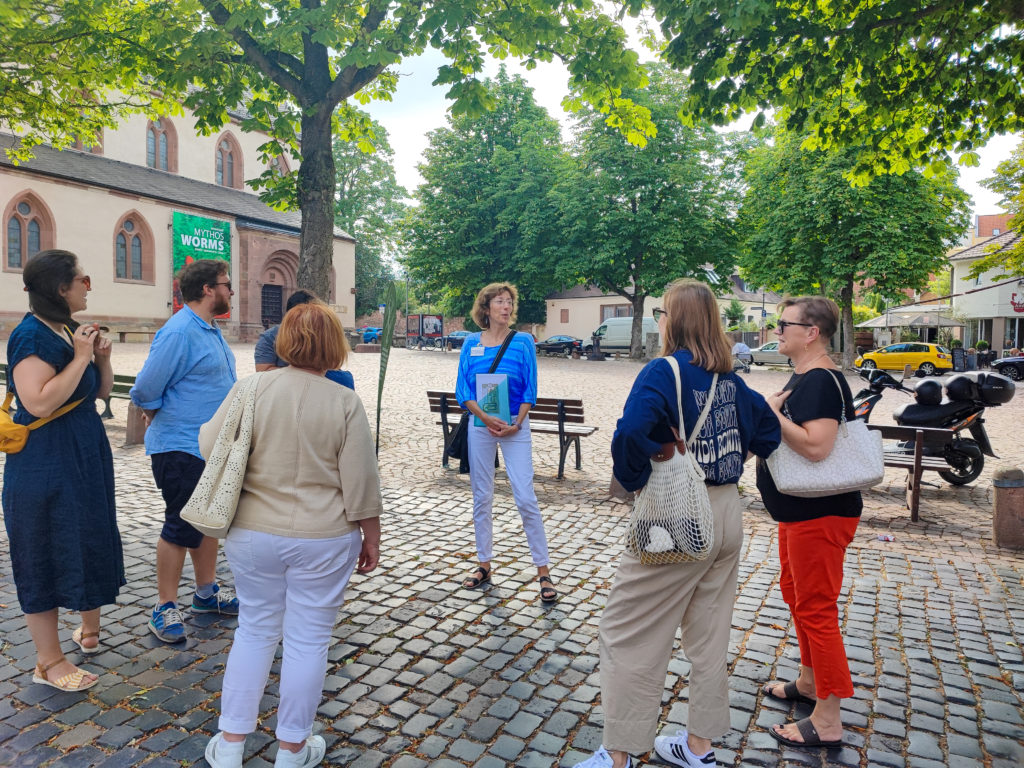
Luginsland: Medieval vineyard and former prison cell
From the Elefantenhöfe, it is only a few meters past the Andreasstift and through the Andreastor to a special vineyard, the Luginsland directly in front of the city wall. This strange-sounding name is due to the rebellious King Henry VII, who was imprisoned in the tower of the same name by his own father Emperor Frederick and robbed of his intended bride. When asked what he was doing in the tower all day, he is said to have said, "I'm lying here in the country like this." Poor guy. But back to the wine: Here grow rather unknown grape varieties such as Green noble franconian or Franconian Burgundy. Both are historic varieties that were rediscovered only a few years ago. In the Middle Ages, people mainly relied on the mixed set, i.e. different grape varieties in one vineyard, Karin Kissel knows.
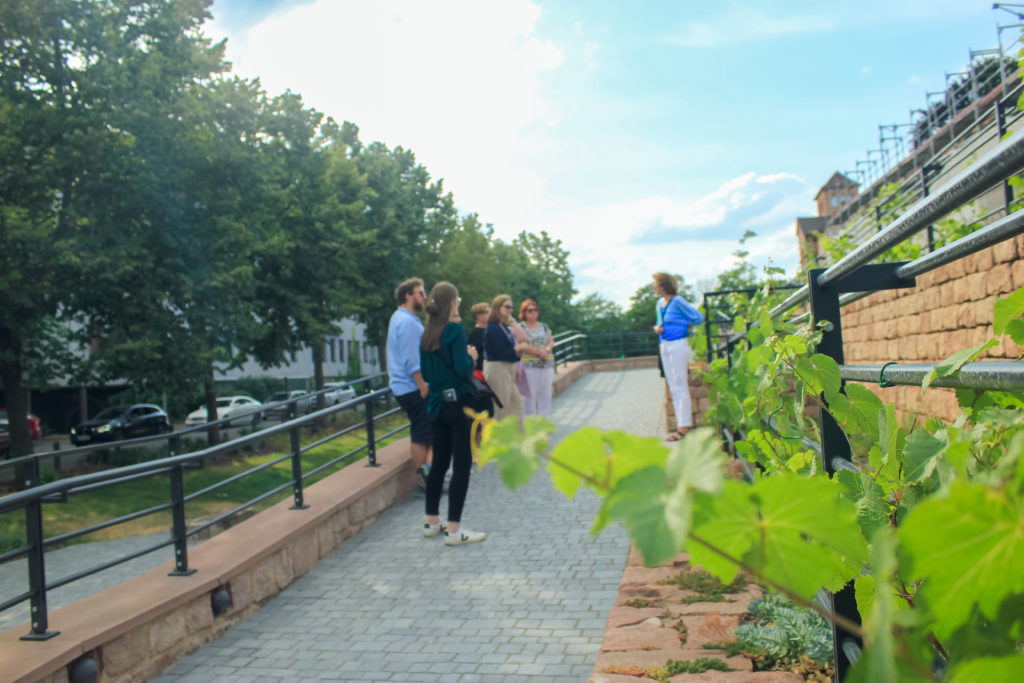
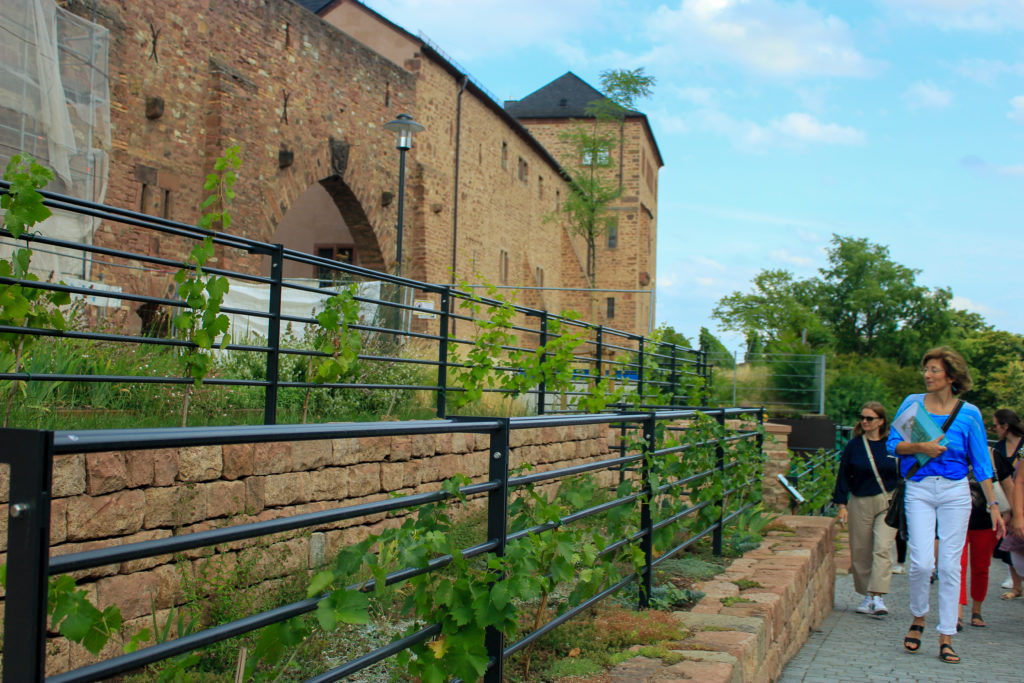
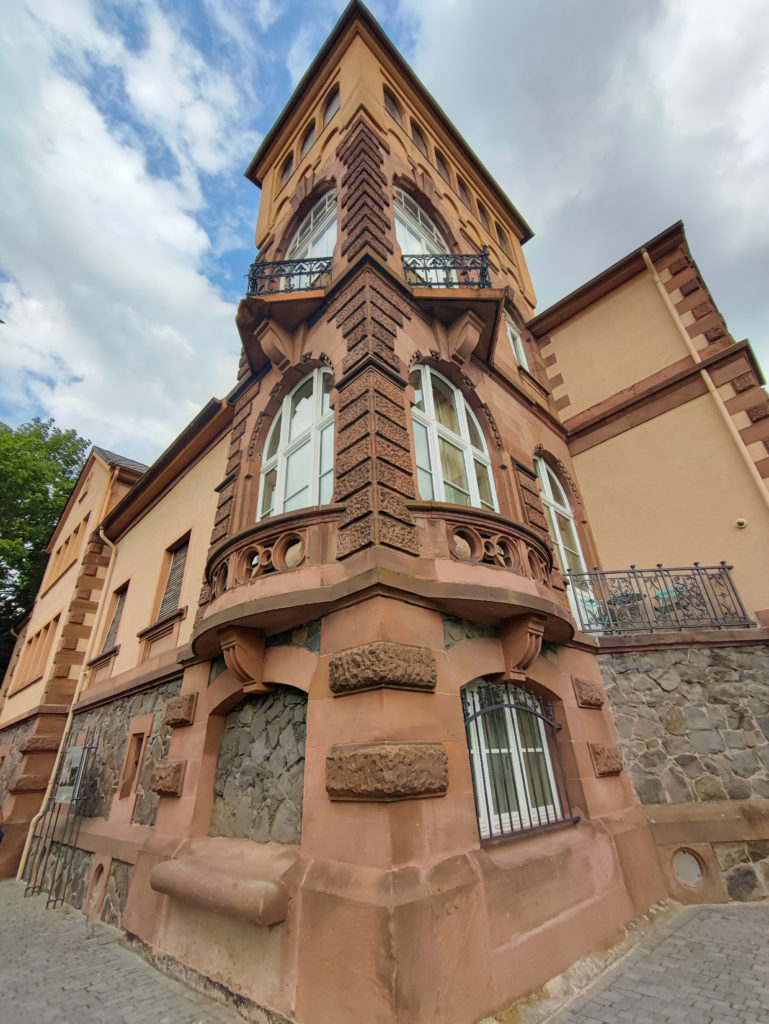
Across the street is the Jewish Cemetery Holy sandwhich Karin Kissel also briefly discusses. Wine has a special significance in Judaism. However, the production of kosher wine is subject to strict rules. We learn, for example, that the grapes may only be harvested in the fourth year. The cemetery Holy sand is, by the way, the oldest Jewish cemetery in Europe and part of the UNESCO World Heritage SchUM Sites.
Vintner's fountain: Wine history in bronze
We continue to the cathedral, where everything is already being set up for the Nibelungen Festival, and to another highlight, the Winzerbrunnen. Unfortunately, although the name suggests it, no wine bubbles out of it. Instead, it is decorated all around with loud scenes about winegrowing. Starting with Noah, who according to the Bible planted the first vineyard after the Flood, the Romans, who brought the grapevines to Worms, to the butte bearers, to lively festivals such as the ever-popular Backfischfest.

After a short detour to the Luther Monument, we have already arrived at the last stop of the tour. In the Worms vinotheque all participants are allowed to choose a wine from the extensive range. You're spoiled for choice. I let the expert waitress advise me and decide on a glass of Scheurebe. A final toast: "Cheers, cheers, Prösterchen!"
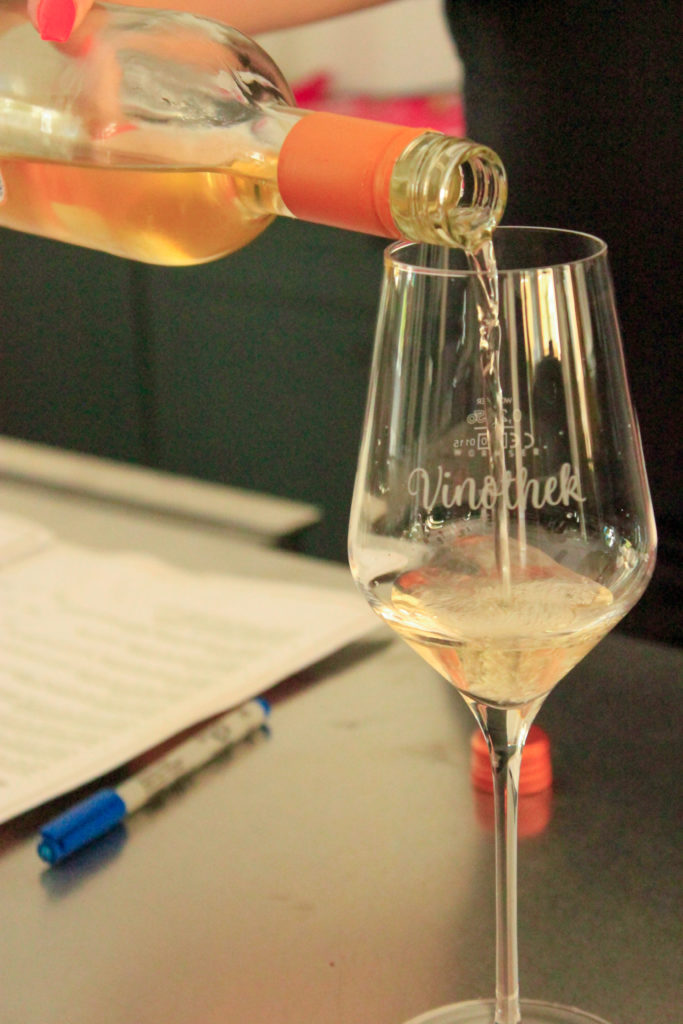
Conclusion: This is, of course, only a small excerpt of the tour and there are many more interesting things to report. For me, it was an all-around successful tour of Worms' wine history with well-chosen stops just a few minutes' walk apart and many amusing anecdotes. The city walk is a good start to an enjoyable and wine-filled evening in Worms. Especially the convivial ambience in the Elefantenhöfe invites you to linger after the city walk.
The tour always takes place on the last Friday of the month and lasts about 1.5 hours. The ticket price includes a glass of sparkling wine and a glass of wine. Tickets for the tour and more information can be found on the page www.worms-erleben.de.

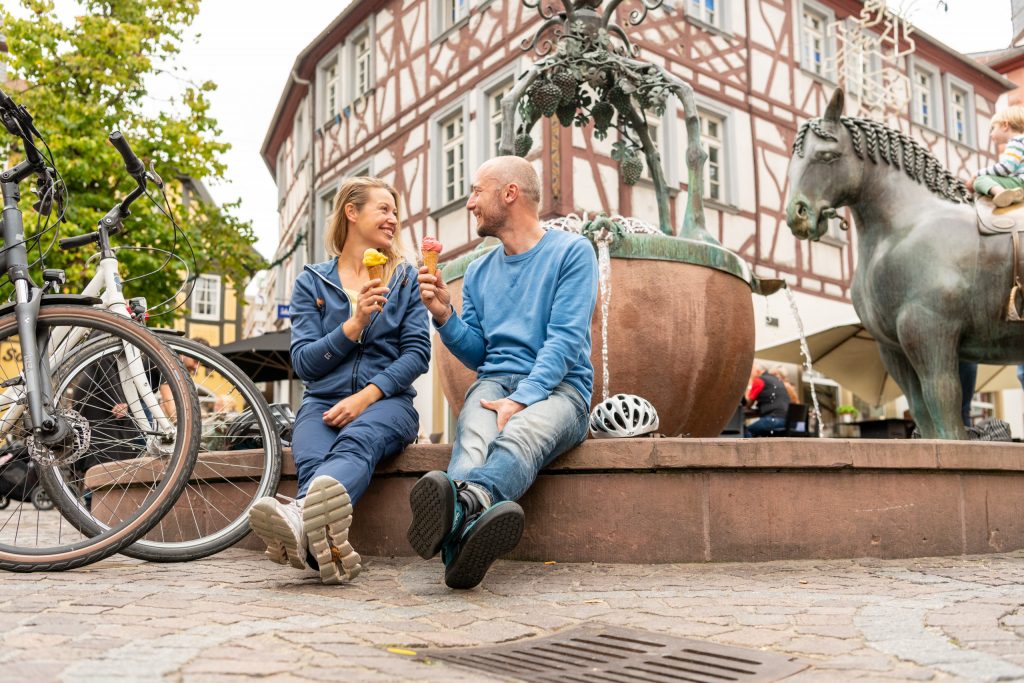

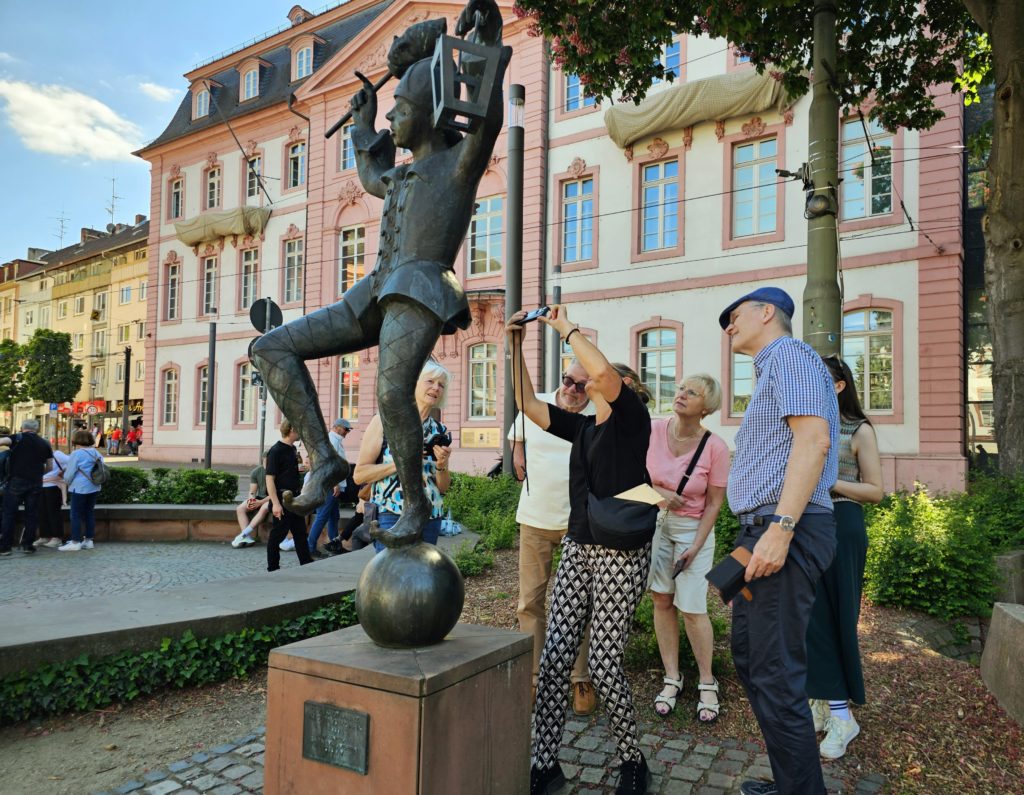
One Response
Great alder bite to get you started in the wine city of Worms. Wine & culture perfectly combined. A glass of wine at the end and at the start. What more could you want!